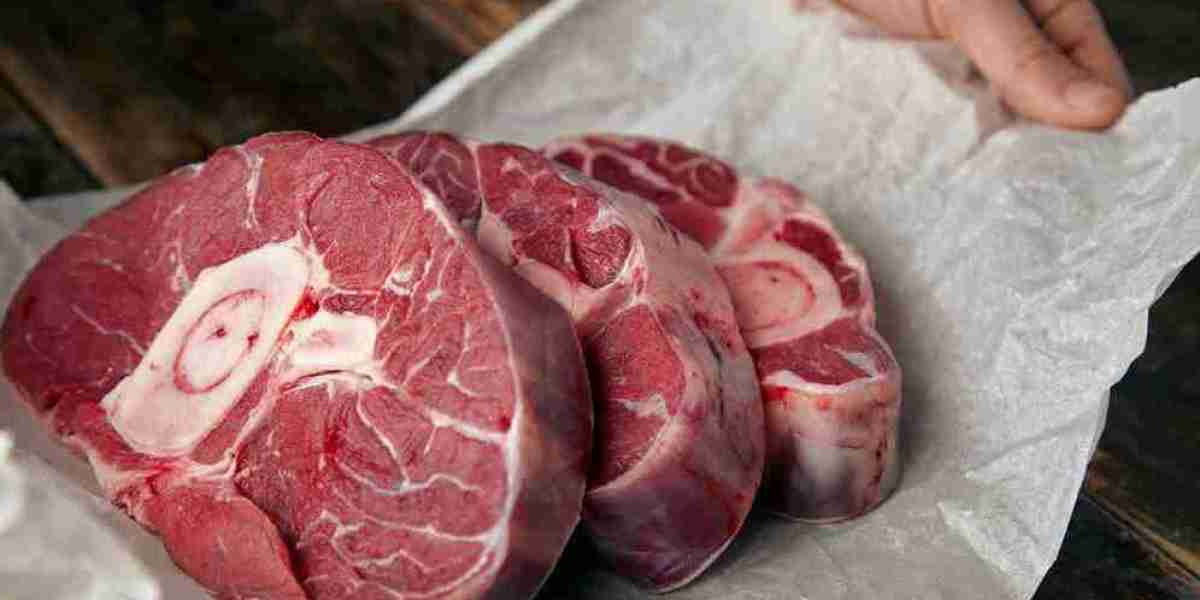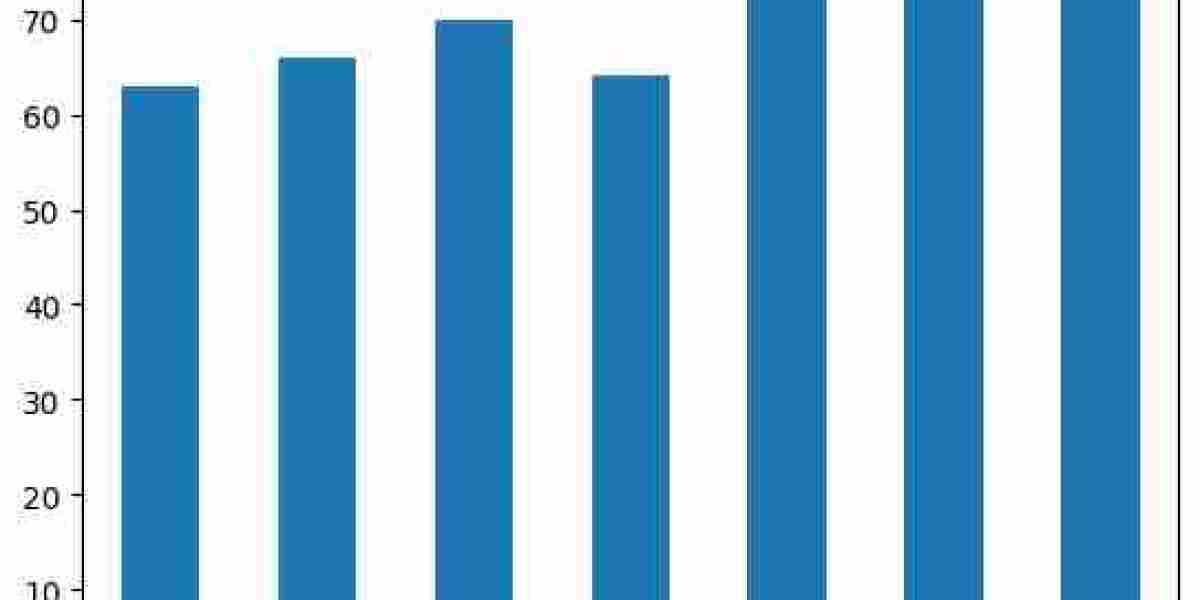The packaged meat market has been experiencing steady growth over the past decade, driven by evolving consumer lifestyles, increasing disposable income, and a rising preference for convenient and ready-to-eat food products. As the demand for packaged meat continues to rise, this market is undergoing transformation due to changing consumer behavior, health concerns, and emerging market trends. In this article, we will explore the key factors contributing to the growth of the packaged meat market and how it is expected to evolve in the coming years.
Key Drivers of Growth in the Packaged Meat Market
Convenience and Changing Lifestyles
One of the primary factors contributing to the growth of the packaged meat market is the increasing demand for convenient, ready-to-eat meals. With busy lifestyles, urbanization, and a shift towards working professionals, consumers are seeking time-saving options without compromising on quality and taste. Packaged meat products, such as ready-to-eat meals, deli meats, sausages, and pre-cooked items, offer convenience, making them ideal for consumers looking for quick and easy meal solutions.
In addition, packaged meat products that require minimal preparation or can be cooked quickly (e.g., microwaveable meals or vacuum-sealed packs) appeal to time-pressed consumers who prioritize efficiency without sacrificing the flavor and nutritional value of their meals. This trend is likely to continue driving the growth of the packaged meat market.
Health and Wellness Trends
Growing health awareness among consumers has prompted the demand for healthier packaged meat options. Consumers are now more inclined to purchase products that are lower in sodium, fat, and preservatives while offering nutritional benefits such as lean protein. As a result, brands have been launching healthier alternatives, including organic, grass-fed, antibiotic-free, and hormone-free meats, to cater to health-conscious consumers.
Additionally, the demand for processed meats with fewer additives, preservatives, and artificial flavoring has led to the rise of cleaner label products. These products are often marketed as more natural and healthier, which resonates with consumers seeking food items that are free from artificial ingredients and chemicals.
Protein-Rich Diets and Increased Meat Consumption
Meat continues to be a primary source of protein in many diets around the world. As the global population grows and disposable incomes rise, particularly in developing countries, the demand for meat—especially packaged meat products—has increased significantly. A rising middle class in countries like China, India, and Brazil is driving the demand for packaged meat, particularly as people become more willing to spend on high-quality, protein-rich foods.
Additionally, dietary shifts in certain regions are also fueling the consumption of meat, with protein becoming an essential part of the daily diet. The growing trend toward high-protein, low-carbohydrate diets, such as the ketogenic and paleo diets, has led to greater consumption of meat-based products.
Technological Advancements and Packaging Innovations
Innovations in packaging and preservation technologies have played a crucial role in the growth of the packaged meat market. New packaging methods, such as vacuum sealing, modified atmosphere packaging (MAP), and high-pressure processing (HPP), have extended the shelf life of meat products while maintaining their freshness and nutritional quality. These advancements have allowed meat producers to reduce food waste, enhance product quality, and cater to a global market with diverse logistical needs.
Additionally, innovations in packaging, such as environmentally friendly and sustainable materials, have helped meet the growing demand for eco-conscious products. Brands are increasingly adopting biodegradable and recyclable packaging to reduce their environmental impact, which resonates with environmentally aware consumers.
E-commerce and Online Retail Growth
The growth of e-commerce and online grocery shopping has provided a significant boost to the packaged meat market. Consumers are now able to purchase meat products from the comfort of their homes, often benefiting from a wider selection and better pricing. Online platforms have allowed smaller meat producers and regional brands to reach a broader audience, while large retailers offer home delivery services, making it easier for consumers to access a variety of packaged meat products.
The growth of e-commerce is especially important in markets with increasing smartphone penetration and high internet usage, such as the United States, Europe, and parts of Asia. The convenience of ordering meat products online and having them delivered directly to consumers' doors has become increasingly popular, further accelerating the growth of the packaged meat market.
Emerging Trends Shaping the Future of Packaged Meat
Plant-Based and Alternative Proteins
The rise of plant-based and lab-grown meat alternatives represents a significant shift in the packaged meat industry. While these products are not direct competitors to traditional packaged meat, they are capturing the attention of a growing segment of consumers who seek alternatives for environmental, health, and ethical reasons.
Companies within the packaged meat market are investing in the development of plant-based meat products, such as vegan sausages, burgers, and deli slices. These products offer consumers the taste and texture of meat without the environmental and ethical concerns associated with animal-based products. As the popularity of plant-based diets continues to grow, traditional meat producers are likely to expand their product offerings to include these alternatives, contributing to the market's overall growth.
Sustainability and Ethical Sourcing
Consumer concerns over sustainability and ethical sourcing are growing, and many packaged meat companies are responding by adopting more sustainable practices. This includes sourcing meat from farms that prioritize animal welfare, using environmentally friendly packaging, and reducing the carbon footprint of meat production.
With increasing pressure from environmental organizations, governments, and consumers, companies that embrace sustainability and transparency in their sourcing practices are likely to benefit from increased consumer loyalty. Sustainable practices not only address consumer concerns but also provide a competitive advantage in the marketplace.
Premiumization of Packaged Meat Products
As disposable incomes rise, consumers are becoming more willing to pay a premium for high-quality meat products. This has led to the growing demand for premium packaged meats, such as grass-fed beef, organic poultry, and gourmet sausages. The trend toward premiumization is expected to continue, particularly as consumers increasingly prioritize quality over quantity.
Challenges to Overcome in the Packaged Meat Market
Despite the significant growth potential, the packaged meat market faces a few challenges, including:
- Rising Raw Material Costs: Volatility in raw material prices, including livestock feed, transportation, and labor costs, can impact profit margins for meat producers.
- Health Concerns: There is growing concern over the health risks associated with processed meats, particularly in relation to conditions like cancer and heart disease. This may impact consumer perception of certain packaged meat products.
- Regulatory Pressures: Governments around the world are implementing stricter regulations regarding food safety, labeling, and health standards, which could impact the growth and expansion of the packaged meat market.
Conclusion
The packaged meat market is experiencing significant growth, driven by increasing consumer demand for convenient, protein-rich, and healthier food options. Innovations in packaging, the rise of e-commerce, and the trend toward sustainability are also contributing to the market's expansion. However, challenges such as rising raw material costs, health concerns, and regulatory pressures must be addressed for sustained growth. By embracing emerging trends like plant-based alternatives and sustainable sourcing, the packaged meat market is poised for continued success in the coming years.




